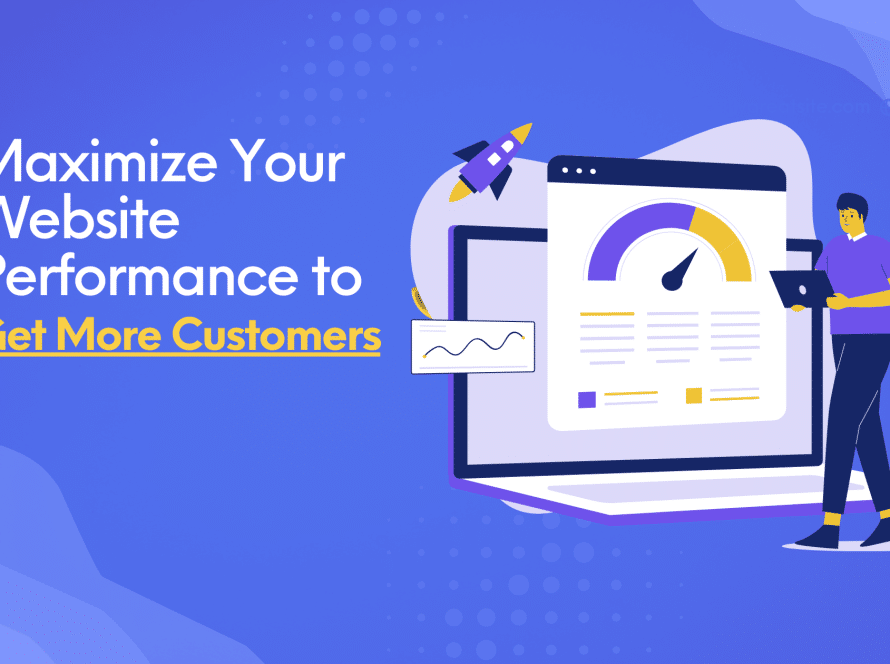Enhancing the user experience (UX) in ecommerce is a pivotal strategy to boost online store revenue without relying solely on increased traffic. Contrary to common belief, effective ecommerce UX extends beyond visual design, encompassing communication, accommodation, and guidance for users throughout their purchasing journey—from the initial click to the final purchase.
What is ecommerce UX?
Ecommerce User Experience (UX) involves crafting a seamless and enjoyable online shopping journey for customers. This encompasses not only website design but also optimizing navigation, and search functionality, and streamlining the checkout process to anticipate customer needs.
The primary goal of ecommerce UX is to minimize user friction, ultimately enhancing engagement and driving increased sales.
Key Aspects Covered by Ecommerce UX:
- Loading Times: Ensuring quick and consistent website loading across devices.
- Navigation Menus: Organizing menus with user-centric design in mind.
- Accessibility: Adhering to the latest accessibility standards.
- Journey Mapping: Ensuring users are directed to the right place when interacting with links or buttons.
- Mobile Friendliness: Ensuring the store functions seamlessly on mobile devices.
- Copywriting: Effectively conveying information and representing the brand through website content.
Notably, ecommerce UX extends beyond the misconception that the homepage represents the starting point of the user experience. Users may land on various pages, such as product pages or blog posts, influencing their journey differently.
Ecommerce UX Best Practices:
- Prioritize Function Above All: Flashy design elements may not correlate with a higher conversion rate. Prioritize functional aspects like loading times and ease of navigation, as exemplified by Amazon.
- Build Sales Funnels, Not Web Pages: Structure the website to guide users through a cohesive sales journey.
- Capture Attention and Intention: Design elements should draw attention and align with user intentions.
- Write User-Centered Copy: Craft website copy that resonates with users and effectively communicates information.
- Make Online Store Navigation Intuitive: Ensure users can easily navigate the website to find what they need.
- Always Consider Mobile Ecommerce UX: Optimizing the mobile experience is crucial for overall user satisfaction with the increasing use of mobile devices.
Incorporating these best practices contributes to a refined user experience, fostering a seamless customer journey and ultimately driving online store success.
6 Best Practices for Ecommerce UX Enhancement
Keeping the aforementioned definition in mind, here are six key practices to elevate your user experience and facilitate a seamless customer journey:
1. Emphasize Functionality as the Top Priority
Let’s face the reality: the correlation between a website’s stylishness and its conversion rate is often minimal. In truth, flashy design elements have the potential to divert or perplex users and might even hinder performance, especially on older computers or mobile devices.
A prime illustration of prioritizing function over form is evident in Amazon, a leading ecommerce platform catering to millions of shoppers daily. Amazon consistently places a premium on the functional aspects of its web pages, giving precedence to elements such as loading times and navigation ease. This emphasis takes precedence over the inclusion of purely aesthetic features like fonts, colors, or interactive elements.
In essence, the lesson learned from Amazon is clear—focusing on functionality not only aligns with user preferences but also enhances the overall user experience, leading to improved conversion rates.
2. Craft Effective Sales Funnels, Not Just Web Pages
In the realm of ecommerce UX, a pivotal objective is to render websites as “self-service” platforms, empowering customers to seamlessly access, explore, and complete transactions without external assistance.
The hallmark of an intuitive online store is reflected in lower bounce rates and diminished instances of abandoned shopping carts. Elevating the intuitiveness of your store involves a thoughtful examination of the reasons prompting visitors to your website and the diverse sources guiding them.
Consider the distinct categories of your website’s visitors:
- Social Media Users Engaging with Advertisements:
- Individuals who have clicked on ads within social media platforms.
- Searchers Discovering Your Site via Google Queries:
- Users who stumble upon your website through relevant Google searches.
- Email Subscribers Responding to Calls to Action:
- Subscribers taking action in response to compelling calls within email campaigns.
- Recent Customers Directly Navigating to Your Site:
- Customers revisiting your website directly after a recent purchase.
Understanding the origins of your website traffic facilitates the creation of purposeful sales funnels, tailoring the user journey to specific needs and entry points. By aligning your online store’s structure with the diverse pathways users embark on, you can cultivate a smooth, user-friendly experience, ultimately reducing bounce rates and minimizing cart abandonment.
3. Engage Users with Strategic Marketing
For ecommerce UX, marketing serves as a crucial starting point for the user journey. To effectively connect with users during the marketing stage, it’s essential to discern whether your content is capturing attention or intention:
Capturing Attention: In situations where users are passively browsing and not actively seeking what you offer, employing strategies such as video ads or social media posts can create awareness and nurture their interest. Leveraging audience segmentation and targeting allows you to focus on users with specific traits indicative of their receptiveness to your offer.
Capturing Intention: When users are actively in the market for something you provide, their intent is evident in the queries they input into search engines. Conducting keyword research enables a better understanding of this intent, allowing you to tailor your content or optimize website SEO accordingly.
By strategically aligning your marketing efforts with the dual objectives of capturing attention and intention, you enhance the chances of engaging users effectively at different stages of their journey, ultimately contributing to a more successful ecommerce user experience.



